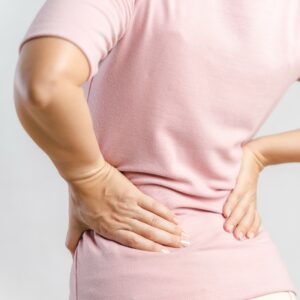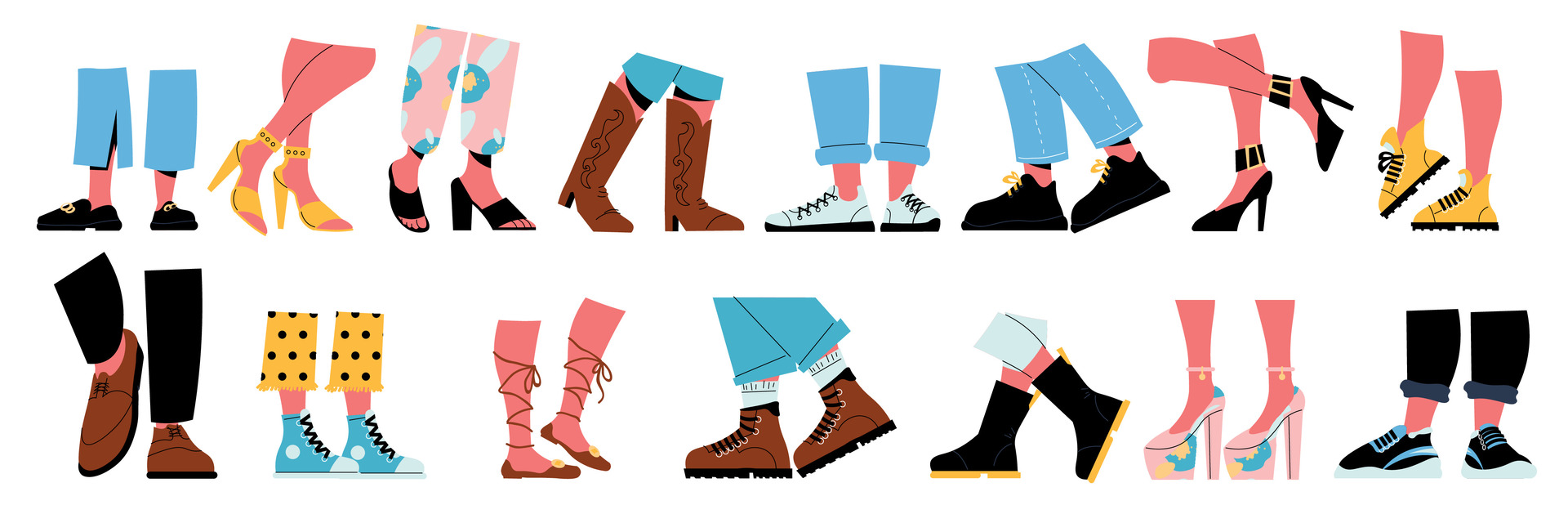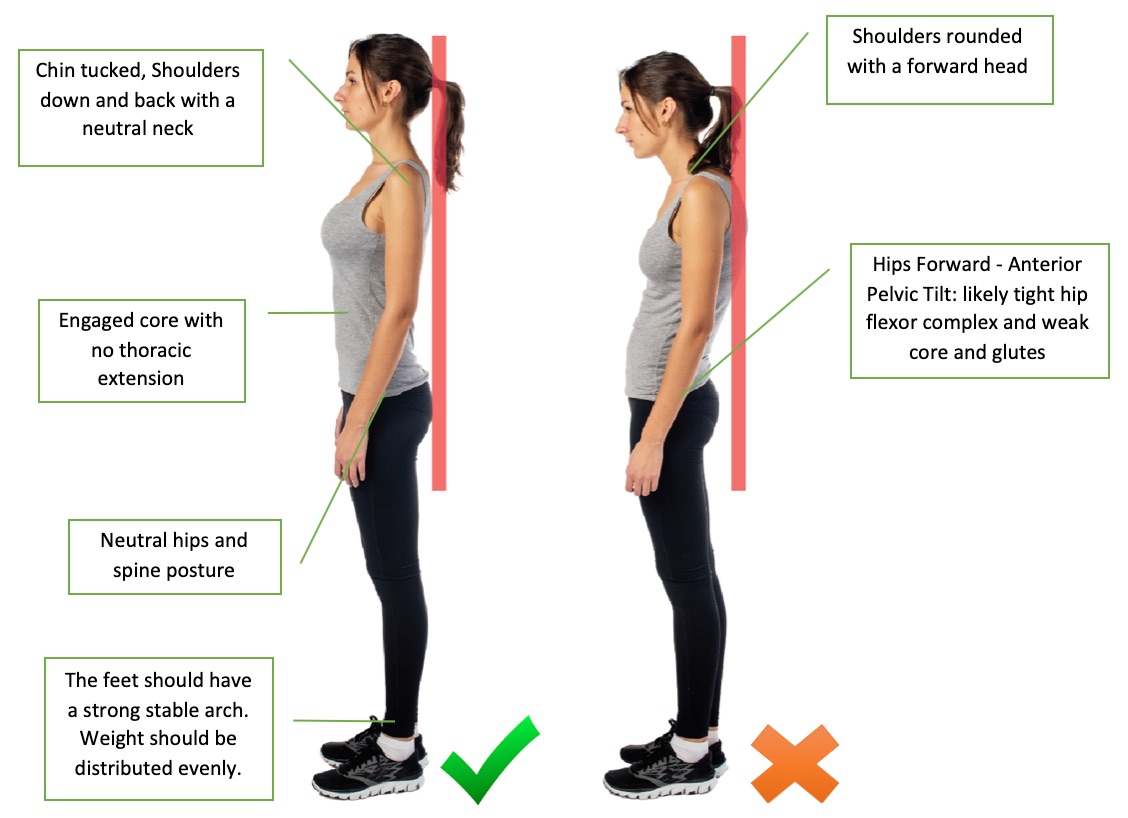- About
- Programs
- After School Classes
- All-School Assemblies
- The BE KIND Business
- The BE KIND Community Education Center
- The BE KIND SCHOOL
- BE KIND on the MOVE
- Classroom Resources
- #CyberSkills
- Family Engagement
- Fitness Programs
- Gardens
- Grace’s Group
- Health & Wellness
- Summer Programs
- Teacher Training
- Wellness Wednesday
- Athletes for Arizona
- Events
- Get Involved
- Donate
The Power of Posture
- Home
- Wellness Wednesday
- Disease Prevention
- The Power of Posture
Your Guide to End Back Pain
Embracing Comfort with These Easy Solutions

Being Kind to your Back
Welcome to today’s Wellness Wednesday, where we’re stepping into the world of back pain, shoes, and posture solutions. If you’ve ever experienced the discomfort of back pain or struggled to find the right shoes, you’re in the right place.
We understand that back pain can be a real hindrance to enjoying life to the fullest. That’s why we’re here to share valuable insights, expert tips, and fantastic solutions to help you alleviate back pain and find the perfect shoes to keep you comfortable and supported all day long. Join us on this journey of comfort and well-being. Let’s walk tall together!
Unraveling Back Pain: Understanding the Culprits
Back pain can strike anyone, anywhere. We’ll explore the various factors that contribute to back pain, from sedentary lifestyles to poor posture, and why finding effective solutions is essential for our overall health. Let’s debunk these misconceptions and set the record straight with Mayo Clinic:
- “It’s Too Late to Improve Posture”: It’s never too late to work on your posture. With awareness and consistent effort, you can gradually improve your habits and experience the benefits.
- “Only the Upper Body Matters for Posture”: Posture involves your entire body, from head to toe. Neglecting lower body alignment can lead to imbalances and discomfort.
- “Posture Only Matters When You’re Standing”: Poor posture while sitting and particularly while using mobile devices can lead to “text neck” and strain. Keep your device at eye level and take breaks to avoid hunching over.
- “Good Posture Means Sitting Up Straight All the Time”: While sitting up straight is important, rigid posture can also cause strain. The key is dynamic posture – maintaining a balanced and relaxed position that allows for movement and adjustments.
- “Leaning Back is the Best Sitting Position”: Leaning back excessively can strain your lower back. It’s better to sit slightly reclined, supporting the natural curve of your spine.
- “Slouching is Comfortable and Relieves Back Pain”: Slouching may provide momentary relief, but it increases pressure on your spine over time. Proper posture distributes weight evenly, reducing strain on your back.
- “Posture Only Matters at the Desk”: Posture is important in all activities, not just at the desk. Whether standing, walking, or lifting, maintaining good posture is essential for preventing injuries.
- “Ergonomic Chairs Solve Posture Problems”: While ergonomic chairs help, they’re not a one-size-fits-all solution. Proper adjustments and regular movement are still necessary for optimal posture.
- “Posture Doesn’t Affect Productivity”: Poor posture can lead to discomfort and decreased focus. Good posture promotes better blood flow, oxygenation, and concentration.
- “Posture is Only About Appearance”: While good posture does improve appearance, its primary role is to support the body’s biomechanics, prevent strain, and maintain musculoskeletal health.

Step in the Right Direction: The Marriage of Shoes and Back Health
Shoes aren’t just fashion statements; they’re key players in our comfort and well-being. Discover how the right shoes can contribute to a back pain-free life.
Many sources recommend cushioned athletic shoes, orthopedic shoes, and custom orthodox to help distribute your body weight evenly align your spine, and relieve back pain, however, new research is showing that minimal shoes may be more beneficial for strengthening the foot and reducing musculoskeletal injury. Everybody’s feet and posture are different, so it’s important to speak with a specialist about your unique needs.
Worst Shoes for Back Pain and Posture:
- High Heels: High heels disrupt natural alignment, leading to increased pressure on the lower back and spine. Prolonged wear can contribute to back pain.
- Flimsy Flip-Flops: Shoes lacking proper fit, like flip-flops, offer minimal protection and can strain your back and posture.
- Ill-Fitting Shoes: Shoes that don’t fit properly can lead to discomfort and poor posture. Avoid shoes that squeeze or cramp your feet.
- Pointy-Toed Shoes: Shoes with narrow toe boxes can squeeze your toes and affect your gait, potentially leading to discomfort and altered posture.
The Art of Posture: Upright and Thriving
Posture isn’t just about looking poised; it’s about feeling great. We’ll uncover the science behind proper posture, share practical tips for improvement, and highlight its role in alleviating back pain.
The Science Behind Good Posture:
- Spinal Alignment: Proper posture ensures that the spine maintains its natural curves – the cervical (neck), thoracic (upper back), and lumbar (lower back) curves. This alignment minimizes stress on the spine’s intervertebral discs and surrounding muscles.
- Muscle Engagement: Good posture engages the muscles of the core, back, and shoulders, which work together to provide stability and support. Balanced muscle engagement reduces the risk of overuse injuries and strains.
- Joint Health: Correct posture helps distribute weight evenly across the joints, preventing excessive wear and tear on specific areas. It also minimizes joint compression and decreases the risk of joint-related issues.
- Breathing and Circulation: Proper alignment allows for optimal lung expansion and efficient breathing. Additionally, blood circulation improves when the body is aligned, facilitating the delivery of oxygen and nutrients to tissues.
Tips for Posture Improvement from Harvard Health:
- Mindful Awareness: Pay attention to your posture throughout the day. Whether standing, sitting, or walking, make a habit of checking your alignment.
- Ergonomic Workspace: Ensure your workspace is set up ergonomically. Adjust your chair, desk, and computer screen to support a neutral posture.
- Neutral Spine: Whether sitting or standing, maintain a neutral spine by aligning your ears, shoulders, and hips in a straight line.
- Engage Core Muscles: Gently engage your abdominal muscles to provide stability and support to your spine.
- Shoulder Position: Roll your shoulders back and down to avoid rounding forward. Imagine squeezing your shoulder blades together.
- Hip and Knee Alignment: When standing, ensure your hips and knees are slightly flexed and aligned directly over your feet.
- Footwear Matters: Wear shoes with proper arch support and cushioning to promote balanced alignment from the feet up.
- Breaks and Movement: Avoid prolonged periods of sitting or standing. Take regular breaks to move, stretch, and change positions.
- Exercise and Strengthening: Engage in exercises that strengthen your core, back, and postural muscles. Yoga, Pilates, and resistance training can be beneficial.
- Body Awareness: Practice body-awareness exercises, such as yoga or tai chi, to improve your understanding of how your body moves and aligns.
- Mirror Check: Use a mirror to check your posture periodically, especially when learning new habits.
Remember, the journey to improved back health and better posture is ongoing. Embrace the small changes, celebrate your progress, and enjoy the benefits of feeling more aligned, balanced, and pain-free.
Also, achieving and maintaining good posture takes time and conscious effort. Be patient with yourself and focus on making gradual improvements. By prioritizing proper alignment, you’re investing in your long-term comfort and well-being.
Published on September 27, 2023
Questions? Comments? Want to contribute to the Wellness Wednesday Blog?
Send your ideas to info@bkpp.org.

Learn More about The Be Kind People Project®
- Programs
- After School Classes
- All-School Assemblies
- The BE KIND Academy
- The BE KIND Business
- The Be Kind Break
- The BE KIND School
- The BE KIND on the MOVE
- #CyberSkills
- Family Engagement
- Fitness Programs
- Gardens
- Grace’s Group
- Health & Wellness
- Summer Programs
- Teacher Training
- Wellness Wednesday
- Athletes for Arizona
Copyright © The Be Kind People Project | Privacy Policy


